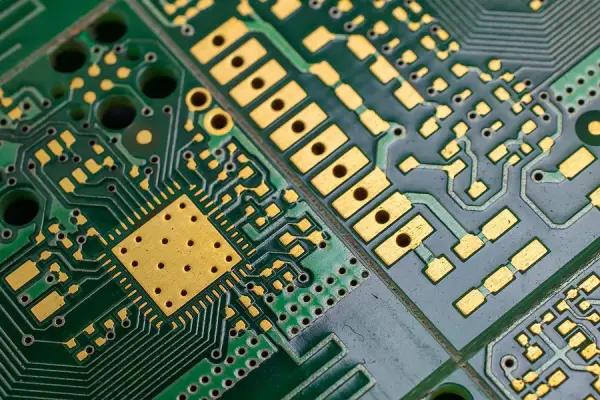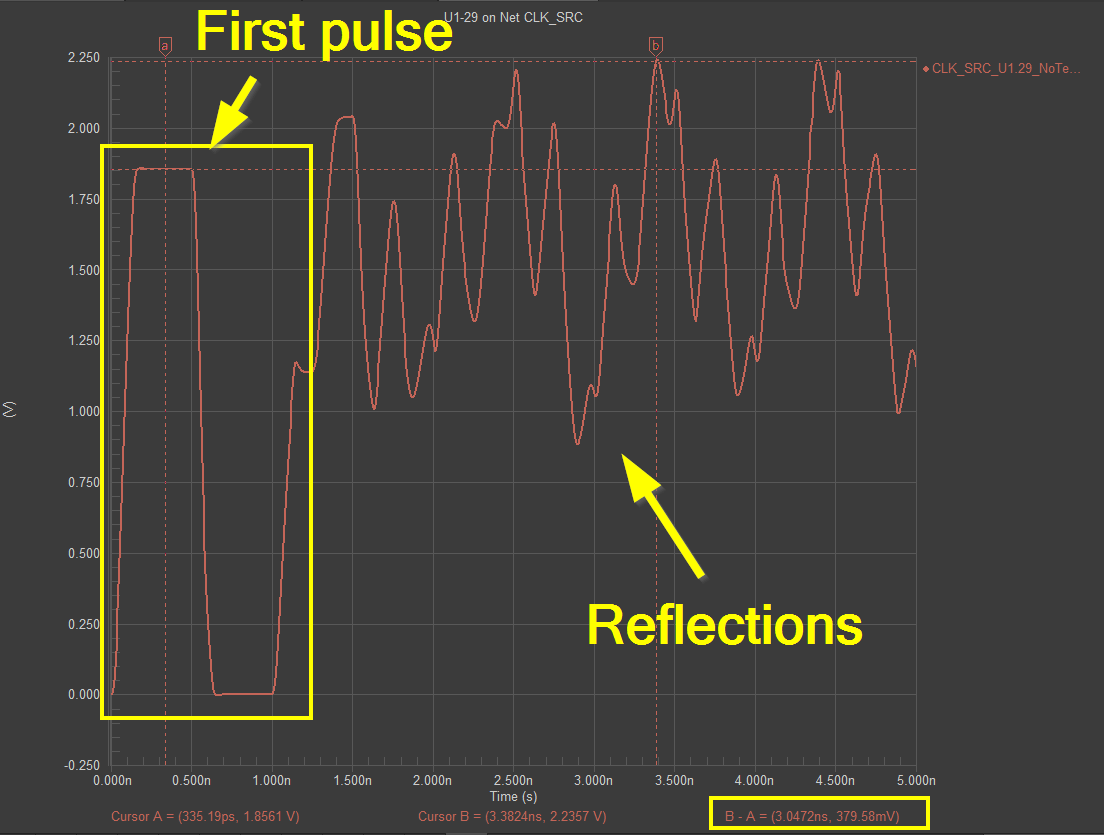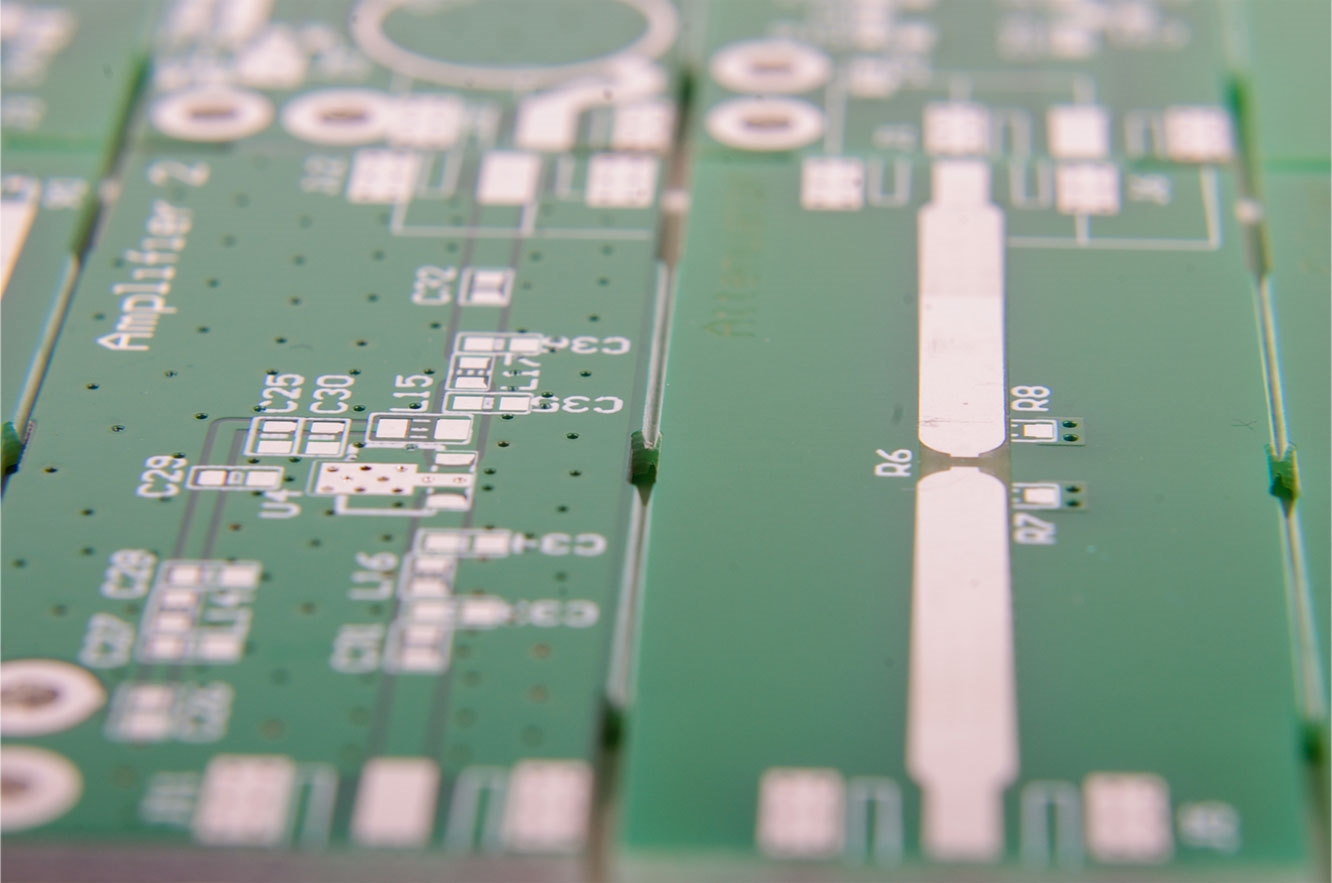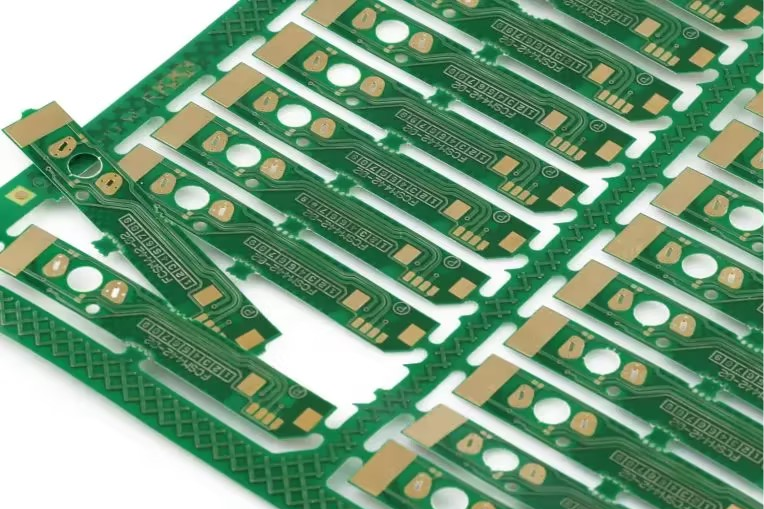In today's fast-evolving electronics industry, high-power components like processors, LEDs, and power transistors are pushing the limits of printed circuit boards (PCBs). These components generate significant heat, which can degrade performance, reduce lifespan, or cause outright failure if not managed properly. Effective thermal management in PCBs is critical to ensure reliability and efficiency in high-power electronics, from electric vehicles to data centers. In this blog, we explore the challenges of heat dissipation, proven techniques, and advanced solutions to keep your PCBs cool under pressure.
Whether you're designing for compact wearables or robust industrial systems, understanding thermal management strategies can make or break your project. Let's dive into the science and solutions that help engineers tackle heat in high-power PCB designs.
Why Thermal Management Matters in High-Power PCBs
High-power electronics, such as MOSFETs, IGBTs, and high-performance CPUs, can dissipate heat fluxes exceeding 100 W/cm². Without proper thermal management, this heat leads to several issues:
- Reduced Component Lifespan: Every 10°C rise in temperature can reduce a component's lifespan by up to 50%, as noted by Texas Instruments. Excessive heat accelerates material degradation and weakens solder joints.
- Performance Degradation: High temperatures cause semiconductor instability, leading to unpredictable behavior and potential malfunctions.
- Thermal Stress: Differences in coefficients of thermal expansion (CTE) between components and the PCB can induce mechanical stress, risking cracks or delamination.
- Safety Risks: Overheating poses fire hazards or damage to surrounding systems, especially in compact designs.
To combat these challenges, engineers must design PCBs that efficiently dissipate heat while maintaining electrical performance. The trend toward miniaturization, with components packed into smaller footprints, only intensifies these thermal demands.
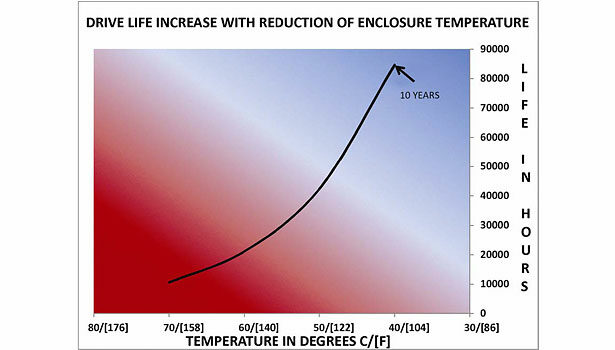
Key Challenges in PCB Thermal Management
Designing PCBs for high-power electronics involves navigating several thermal challenges:
Low Thermal Conductivity of Materials
Traditional FR-4 substrates, widely used for their cost-effectiveness and electrical insulation, have low thermal conductivity (0.3-0.5 W/m·K). This makes it difficult to transfer heat away from hot components, leading to localized hotspots.
High Power Density
Modern devices pack more power into smaller areas. For example, a high-power LED can generate 10-20 W of heat in a 1 cm² area, requiring efficient heat dissipation to prevent thermal runaway.
Miniaturization Constraints
Compact designs limit space for traditional cooling solutions like large heat sinks or fans, forcing engineers to rely on innovative PCB-level techniques.
Thermal Expansion Mismatches
Components and PCB materials expand at different rates under heat. For instance, silicon chips have a CTE of ~2.6 ppm/°C, while FR-4 is ~14-17 ppm/°C, causing stress that can crack solder joints.
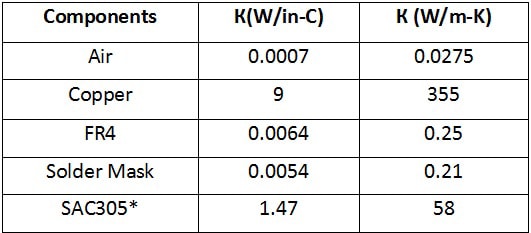
Proven Thermal Management Techniques
To address these challenges, engineers employ a range of techniques to dissipate heat effectively. Below are some of the most effective methods, supported by practical examples.
1. Strategic Component Placement
Placing high-power components, like microcontrollers or power transistors, at the center of the PCB allows heat to dissipate evenly in all directions. For example, placing a 15 W processor near the board's edge can raise local temperatures by 20°C more than a central placement. Sensitive components, such as electrolytic capacitors, should be positioned away from heat sources to avoid degradation.
2. Thermal Vias
Thermal vias are small, copper-filled holes that conduct heat from a component to a heat sink or inner PCB layers. A via array under a power IC, with 0.3 mm diameter vias spaced 1 mm apart, can reduce thermal resistance by up to 30%. For optimal performance, vias should comply with IPC-2152 standards and be placed directly under the heat source.
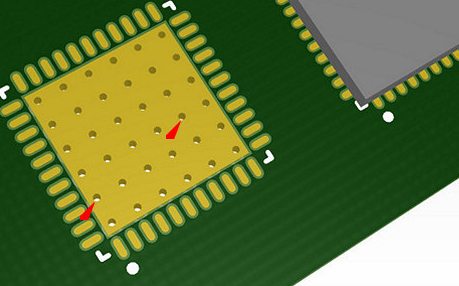
3. Heat Sinks and Spreaders
Heat sinks increase the surface area for heat dissipation. A copper heat sink with a thermal conductivity of 385 W/m·K can lower a component's temperature by 15-25°C. Heat spreaders, often thin copper plates, distribute heat across the PCB to prevent hotspots. For instance, a 2 mm thick copper spreader under a high-power LED can reduce junction temperature by 10°C.
4. Thermal Interface Materials (TIMs)
TIMs, such as thermal greases or pads, enhance heat transfer between components and heat sinks. A TIM with a thermal conductivity of 5 W/m·K and a thickness of 0.5 mm can reduce thermal resistance by 20%. Proper application is critical—excessive TIM can increase resistance, while too little reduces contact efficiency.
5. Metal-Core PCBs (MCPCBs)
Metal-core PCBs, typically with aluminum or copper cores, offer superior thermal conductivity (1.3-4.2 W/m·K for aluminum vs. 0.3 W/m·K for FR-4). These are ideal for high-power applications like LED lighting, where an aluminum MCPCB can reduce junction temperatures by up to 40% compared to FR-4.
Advanced Thermal Management Solutions
As electronics demand higher performance, advanced techniques are emerging to tackle extreme thermal challenges.
Embedded Cooling
Embedding coolant channels within the PCB or chip allows direct heat removal. For example, microfluidic channels in a power module can reduce temperatures by 30°C, ideal for high-density server applications.
Nanomaterials
Materials like graphene (thermal conductivity ~5000 W/m·K) and carbon nanotubes are being integrated into PCBs to enhance heat transfer. A graphene-based thermal pad can improve heat dissipation by 25% compared to traditional TIMs.
AI-Driven Thermal Management
AI algorithms monitor real-time temperature data and adjust cooling mechanisms dynamically. In a data center PCB, AI-driven fans can optimize airflow to reduce hotspot temperatures by 15°C, improving energy efficiency.
Thick Copper PCBs
Using thick copper layers (e.g., 2-4 oz/ft²) increases thermal mass and conductivity. A PCB with 3 oz/ft² copper can reduce thermal resistance by 15% compared to standard 1 oz/ft² designs, ideal for high-current applications.
Thermal Analysis and Testing
Effective thermal management starts with accurate analysis. Tools like Ansys Icepak and Sherlock simulate heat flow, predicting hotspots and component temperatures. For example, thermal modeling of a 20 W power module can identify a 10°C hotspot reduction by adding two thermal vias.
Physical testing is equally critical. Infrared cameras detect overheating components, while thermal cycling tests (e.g., -40°C to 125°C per IPC standards) ensure reliability under stress. These methods help validate designs before production, saving time and costs.
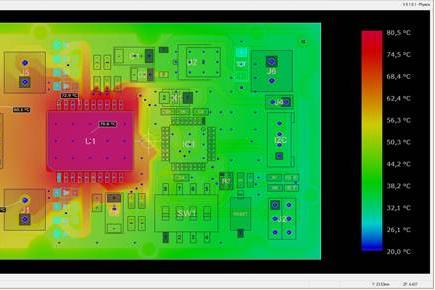
How ALLPCB Supports Your Thermal Management Needs
At ALLPCB, we understand the critical role thermal management plays in high-power electronics. Our advanced manufacturing capabilities, including quick-turn prototyping and precision fabrication of metal-core and thick copper PCBs, empower engineers to implement effective thermal solutions. With global logistics and a commitment to IPC-compliant quality, we deliver custom PCBs tailored to your thermal and performance requirements, ensuring your designs stay cool and reliable even in the most demanding applications.
Conclusion
Thermal management is a cornerstone of reliable PCB design for high-power electronics. By leveraging techniques like thermal vias, metal-core PCBs, and advanced materials, engineers can mitigate heat-related risks and enhance performance. As technology advances, innovations like embedded cooling and AI-driven management will further revolutionize thermal solutions. At ALLPCB, we're here to support your journey with high-quality, thermally optimized PCBs that meet the demands of modern electronics.
Ready to design a PCB that stays cool under pressure? Start with a strategic approach to thermal management and partner with a manufacturer that prioritizes performance and reliability.
 ALLPCB
ALLPCB


